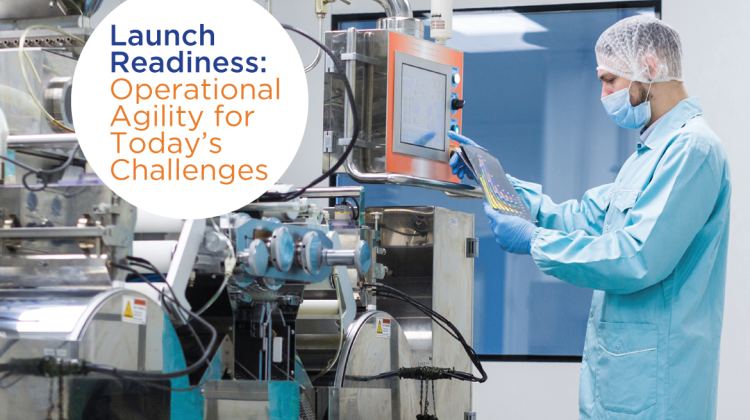Continuous Biopharmaceutical Manufacturing: Can It Live up to the Hype?

That is the question. And the team presenting during the Continuous Processing session at the 2016 ISPE Biopharmaceutical Manufacturing Conference offered a resounding "yes, but", as an answer. Andre Walker, CPIP, Principal, Andre Walker Consulting, led this session that debated whether continuous processing could transform the economics of the highly regulated pharmaceutical industry as it did industries from steel to petroleum; and in particular whether the unique nature of biopharmaceutical products represent an insurmountable challenge. John Bonham-Carter, Director, Repligen Corporation, and Jørgen Magnus, PhD, Manager R&D, Bayer, offered alternatives to current operating paradigms that will help companies achieve continuous biopharmaceutical processing. Bonham-Carter argued that perfusion cell culture methods have matured and are now a viable, even preferred, alternative to fed batch technology, while Dr. Magnus presented his successes with novel downstream methods that have been incorporated into a working prototype. Walker began by promoting the substantial benefits of continuous biopharmaceutical manufacturing (CBM), as noted in a 2014 white paper by K Konstantinov (former Genzyme) and C Clooney (MIT) Symposium on Continuous Pharmaceutical Manufacturing.
Consistent quality, smaller facilities, and reduced capital and operating costs, are compelling reasons to pursue this technology, yet a quick survey of the attendees showed that only 25% of their firms had any activity in this space. One by one Walker noted the challenges that leap to the minds of industry veterans when asked why CBM isn’t part of their long term capacity strategy. What’s a batch? How do I insure traceability? Will my BLA approval be delayed? Walker acknowledged that these were valid, yet manageable, and went on to argue that the primary barriers for industry are the economics of CBM and the impact they have on leadership’s ability to make the leap. Walker concluded his introduction by encouraging the audience to listen to Bonham-Carter and Dr. Magnus, and “look for the right combination of economic and organizational conditions that would allow CBM to grow and flourish.” John Bonham-Carter presented numerous examples showing how ‘process intensification’ is changing the economic drivers in upstream processes. “Reducing the number of upstream steps through increased cell concentration at each step” directly increases capacity by shortening batch times, but also drives economics in a direction that favors installing perfusion systems. Bonham-Carter even took a challenge from Andy Skibo’s (Medimmune) keynote.
Mr. Skibo commented that if you need 150,000 liters of fed batch capacity you’re going to build a 10 x 15k stainless plant, not one with 75, 2k Single Use Reactors. Yet with process intensification and a perfusion process ten (10) 1000 liter SUBs would suffice. Dr. Jorgen Magnus impressed the group with pictures and in-depth descriptions of Bayer’s MoBiDiK end-to-end continuous biopharma production demonstration unit. MoBiDiK = Modular Biologics Disposable and (K) Continuous. Perfusion or Fed batch cell culture feeds a continuous downstream process including bag filling. Among the novel advances this system draws upon are on-line Host Cell Protein monitoring and continuous viral inactivation. Production is highly automated, process analytics monitor and control performance, and production runs have been demonstrated out to 4 weeks. To close Walker listed a dozen technologies that are, or enable, continuous biopharmaceutical manufacturing. Although only a small faction of the attendees had noted their firms were working on CBM, 75% said their firms had activity in at least one of the listed areas. Want to learn more about the biotech manufacturing processes used to make biopharmaceuticals? Check out ISPE’s Biopharmaceutical Manufacturing Processes training course, offered in Tampa, Florida USA and Copenhagen, Denmark in 2017.


